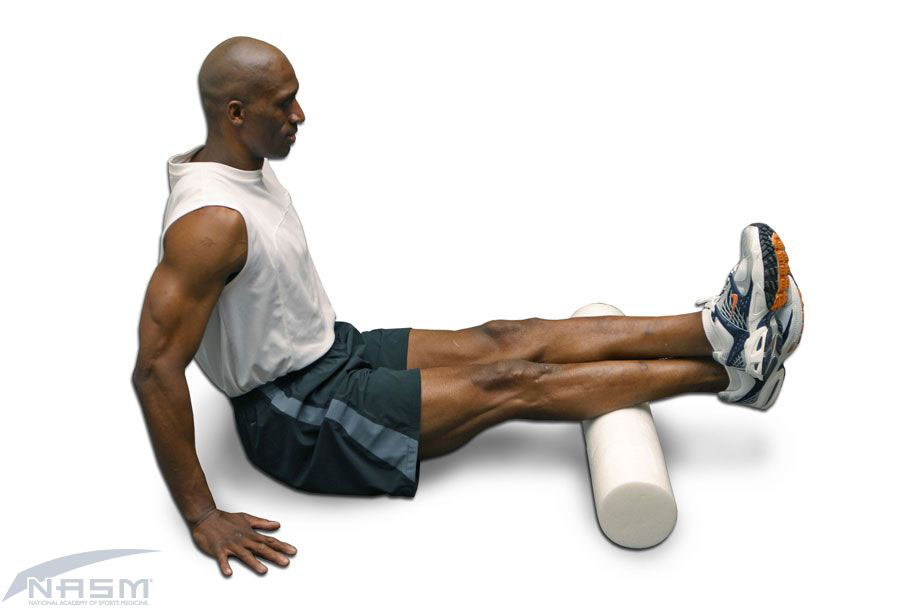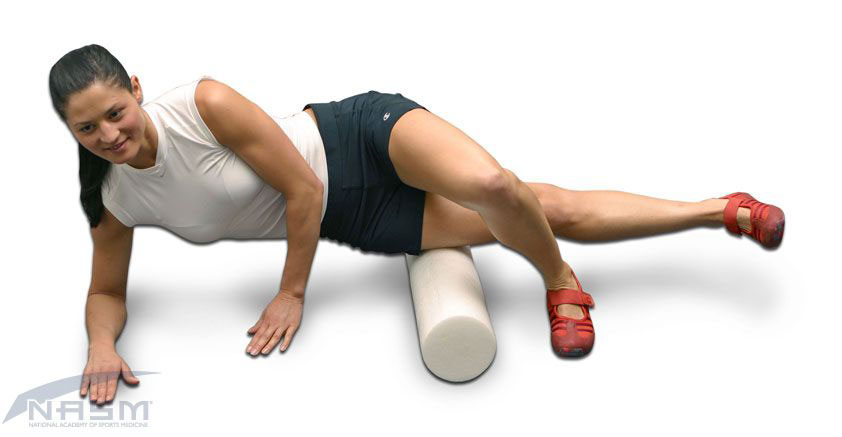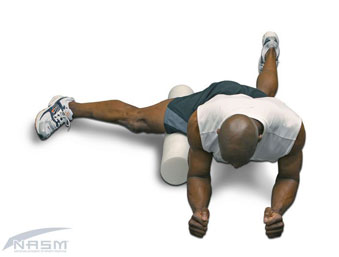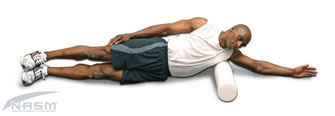Don't Let Arthritis Stop You from Your Everyday Activities
If you are suffering from joint pain, swelling or stiffness you are not alone. Millions of people suffer from arthritis. There are various forms of arthritis with osteoarthritis and rheumatoid arthritis being the two most common forms. Osteoarthritis is characterized as degeneration of joint cartilage leading to the development of bony formations, joint stiffness and joint pain. Age is one of the largest contributing factors in developing the condition, with injury, obesity, muscle weakness and lack of joint stability and mobility also playing large roles. This form of arthritis commonly develops in the joints of the hands, spine, hips and knees, thus greatly decreasing range of motion in these joints as well as increasing muscle weakness. Rheumatoid arthritis is an autoimmune condition in which the immune system mistakenly attacks other tissues of the body, in this case, joint tissue. This condition can also affect other tissues and organ systems such as the heart, kidneys and nervous system. This condition is characterized by joint swelling, tenderness and in its advanced stages, possible joint deformations. This form of arthritis commonly affects the wrists, hands, knees, feet and cervical spine.
Although increased age is a factor to developing arthritis, arthritis can affect younger individuals as well. Two major contributors to arthritis are lack of physical activity and faulty movement. Unfortunately, the vicious cycle of pain and inactivity seems endless. Pain can stop you from moving and decreased movement increases the chance of arthritis. Research has shown however, that low impact exercise, done correctly, can decrease joint pain and increase muscle strength, allowing arthritis sufferers to participate in their activities of daily living. Follow these training tips to help alleviate joint pain and increase your ability to perform your activities of daily living.
Training Tips
Warm up
A proper warm up that includes both flexibility (self-myofascial release and static/active stretching) and low impact cardio training will allow for improved movement, increase core temperature of the tissues, increase blood flow, lubricate joints and enhance body control.
Type Exercise Time
Self-myofascial release Calves, IT Band, adductors, lats Hold tender areas 20-30 seconds
Cardio Elliptical trainer 5 minutes
Static stretch Calves, hip flexor, lats Hold 20-30 seconds
* NOTE: Depending on the form of arthritis, some considerations must be made with flexibility techniques. Individuals with rheumatoid arthritis should avoid stretches that force them into excessive neck extension as this form of arthritis can cause hyper-mobility of the cervical spine. Always consult a physician or physical therapist for contraindications.

Self myofascial release: Calves (view)

Self myofascial release: IT Band (view)

Self myofascial release: Adductors (view)

Self myofacial release: Lats (view)
Stabilization Training
Stabilization training will be a critical portion of your program. Lack of stability of a joint can lead to inappropriate joint motion leading further to increased stress to the joint.
Core training (training your middle) allows for optimal stability throughout the lumbo-pelvic-hip complex, ensuring that you absorb forces throughout the body correctly and a strong core will help you produce more force during movement.
Balance training enhances the joint’s ability to react to movement by training the small receptors in the joint that send messages to the brain. By exercising in environments that are unstable, but controllable, these joint receptors are able to alert the brain to unstable surfaces and the brain can then recruit the proper muscles to stabilize the joint and control unwanted movement. This form of training forces the body to reflexively recruit the appropriate muscles at the right times ensuring efficient, safer movement.
Reactive training will be an important progression for arthritis sufferers. Low level reactive exercises will enhance landing mechanics (important for walking down stairs, jogging etc), deceleration strength and joint stability while moving, all of which will decrease joint stress. You must have proper core and balance stabilization strength before progressing to low level reactive exercises.
Strength Training
Individuals with arthritis tend to have weaker musculature due to lack of physical activity. Resistance training can increase strength and thus decrease excessive force transmission to joints and tissues surrounding joints such as tendons and ligaments. Research has shown that strength training can enhance functionality and decrease pain in arthritic patients. Based on this, it is important to use an integrated approach to training using the Optimum Performance Training (OPT™) model. Arthritis sufferers will start in phase one of the model, Corrective Exercise Training. This initial phase of training will keep the intensity of the exercise low, with higher repetitions and a greater focus on controlling the weight being lifted as you are producing and reducing force. This will help decrease excessive joint stress and enhance stability and endurance.
Example Program (click on exercise to view)
Corrective Exercise Training: Core and Balance
Type Exercise Sets Reps Intensity Tempo Rest Interval
Core Quadruped arm raise – prone on ball 2 12 Bodyweight 4/2/2 Circuit
Core Floor bridge 2 12 Bodyweight 4/2/2 Circuit
Balance Single leg balance 2 12 Bodyweight 4/2/2 90 seconds
Strength Training
Type Exercise Sets Reps Intensity Tempo Rest
Chest Seated Cable Chest Press 1 25 40% (light to moderate) 4/2/2 60 sec
Back 2 Leg standing cable row 1 25 40% 4/2/2 60 sec
Shoulders Ball Seated scaption 1 25 40% 4/2/2 60 sec
Legs Front Step up to balance 1 10 each leg 40% 4/2/2 60 sec
Before you begin any exercise program, be sure to consult your physician for contraindications. Training progressively can help reduce pain and injury that may coincide with starting an exercise program. Always remember to warm-up before starting your exercise program and always allow time for a proper cool-down session incorporating flexibility to keep your muscles and joints working optimally.